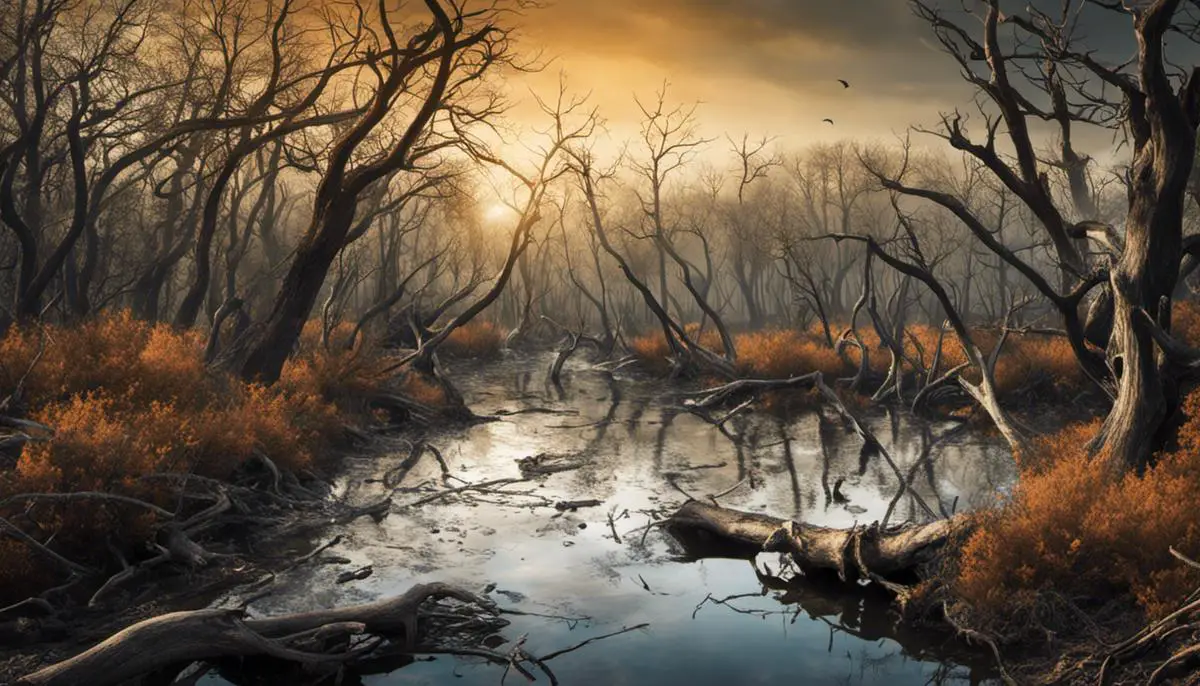The balance of our world extensively depends on the health and vitality of countless ecosystems, all intricately woven in the tapestry of life on Earth. When these ecosystems are disrupted, the effects can be catastrophically far-reaching, influencing not just individual species but the entire planetary health. Lately, signs of these disruptions have attracted global attention, highlighting the dire need for conversation and action. As we expose the concept of ecosystem disruption, we delve into its measurements, importance, and major contributing factors, such as climate change, deforestation, and pollution. We will travel across the globe examining revealing case studies from 2023, tackle the undeniable human influence, and address the resultant threats to biodiversity, climate patterns, and societal structures.
Defining Ecosystem Disruption
Defining Ecosystem Disruption
Ecosystem disruption can be described as changes in the patterns of interaction or the make-up of different populations within an ecosystem due to external influences. These influences can be both natural and man-made, and they can cause undesirable ripple effects throughout an entire ecosystem.
Significance of Ecosystem Disruption
Understanding ecosystem disruption is critical as it can lead to a cascade of effects that impact both humans and wildlife. For example, disruptions can lead to imbalances in population dynamics, changes in species behavior and distribution, and alterations in ecosystem processes such as nutrient cycling and production of ecosystem services. On a broader scale, it influences aspects like food production, water quality and global climate patterns which ultimately affect human survival and well-being.
Major Factors Contributing to Ecosystem Disruption
Some of the principal contributors to ecosystem disruption are climate change, deforestation, and pollution. Climate change, notably global warming, leads to altered weather patterns that affect ecosystems worldwide, causing shifts in species distributions and disturbing delicate ecological balances. Deforestation, often driven by urban development and extensive agriculture, contributes to habitat destruction, species extinction, and alteration of local climates.
Pollution, particularly from industrial waste and plastic debris, can significantly degrade habitats, affect the health and reproductive abilities of wildlife, and alter the food chain. All these factors contribute to disruptions that can have both immediate and long-term effects on ecosystems.
Ecosystem Disruption in the Year 2023
Forecasts for ecosystem disruption in 2023 suggest a continued trend of increasing disturbances due to human activities. Climate change impacts such as more frequent and severe heatwaves, changes in precipitation patterns, and increased natural disasters like hurricanes and wildfires, are expected to significantly disrupt ecosystems. Similarly, ongoing deforestation and pollution are projected to continue contributing to habitat loss and species extinction.
As broad scale international and local efforts are being implemented to mitigate these disruptions, there is a growing focus on sustainable practices. Yet, quick recovery is not anticipated due to the scale of the disturbances and the time ecosystems need to adapt or recover.
Tackling Ecosystem Disruption: A Global Responsibility
The repercussions of ecosystem disruption extend far beyond localized regions, manifesting as global complications. Consequently, comprehension, mitigation, and adaptation to these disruptions have become shared worldwide obligations that scientists, policymakers, and societies must prioritize.
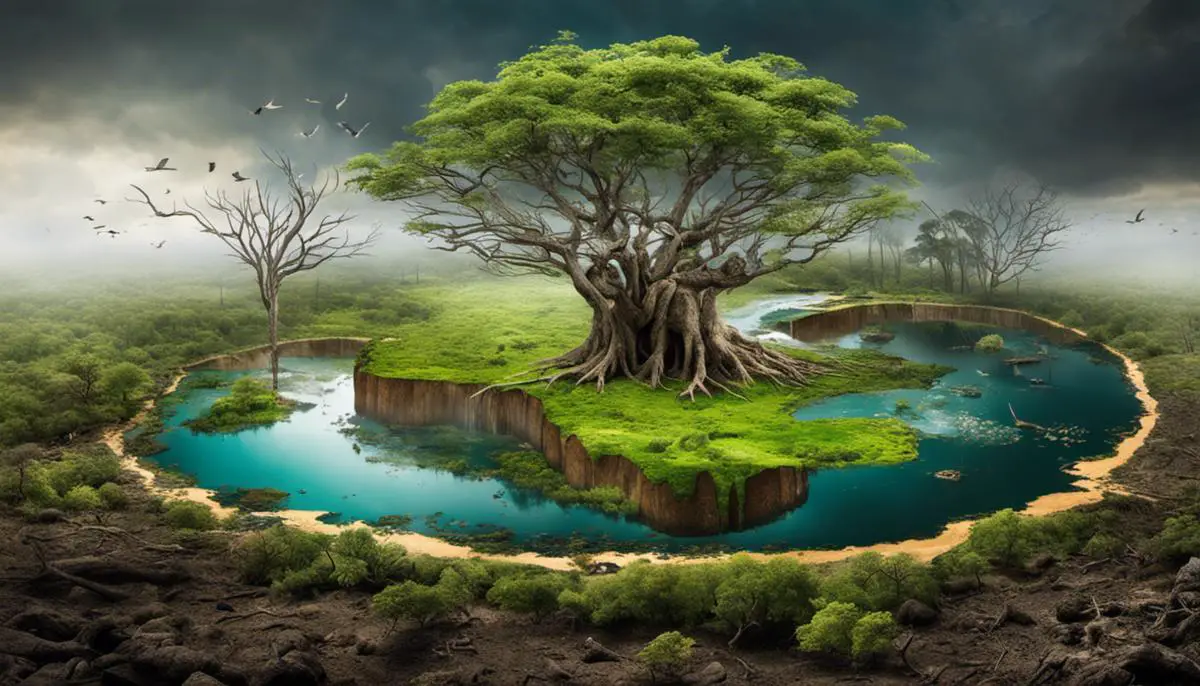
Case Studies: Ecosystem Disruptions in 2023
Instance in Point: How Warming Oceans Disrupted Marine Ecosystems in 2023
The ascent of climate change’s effects on marine ecosystems has been undeniable throughout 2023, with oceanic warming serving as the key disruptor. Greenhouse gases, prominently carbon dioxide, have escalated due to human activities like fossil fuel burning and deforestation, thereby increasing ocean temperatures.
The fallout on marine life has been significant, with the alteration of natural habitats and food sources leading to dwindling fish populations. Moreover, extensive coral bleaching events signaling the deterioration of marine ecosystems, such as the notable Great Barrier Reef episode in early 2023, have increased the risk of ecosystem failure.
On a human level, these disturbances translate to plummeting fisheries yields, jeopardizing the livelihoods of communities dependent on these resources. The steady decline of coral reefs also raises economic concerns for regions that rely on tourism. In response to these concerns, mitigative actions have been undertaken on both local and global fronts, including reduction of greenhouse gas emissions and active initiatives to conserve and rejuvenate endangered marine ecosystems.
Case Study 2: Deforestation in the Amazon Rainforest
In 2023, the Amazon Rainforest faced severe deforestation. The dominant causes of deforestation in the Amazon are agricultural expansion, logging, and mining, with much of the cleared land used for cattle ranching and soy production.
Fauna and flora have been drastically impacted by these activities. The destruction of rainforest habitats led to drastic drops in population sizes for numerous species that are endemic to the Amazon region. The deforestation also threatens the tremendous plant biodiversity within the forest, which provides a deep well of potential medicinal properties.
The human population, particularly indigenous communities, has been directly affected by the deforestation through loss of lands, displacement, and changes in local climate patterns. As for mitigation measures, there have been ongoing efforts in reforestation, conservation and enforcement of existing forest protection laws. However, these are proving to be difficult due to the ever-increasing demand for land.
Case Study 3: The Impact of Wildfires on Australia’s Ecosystem in 2023
In the early months of 2023, Australia grappled with severe wildfires that led to extensive ecological disruption. Amplified by the ramifications of climate change, these fires brought about immediate and profound loss for both fauna and flora in the impacted areas.
Devastating effects on fauna included not only direct mortality due to the fires, but also habitat loss and reduced food sources. Many species found the post-fire landscapes inhospitable, causing them to face the threat of local extinction. Moreover, the impacts on flora were substantial with the fire affecting the entire ecosystem including trees, undergrowth, and crucial soil organisms that contribute to the wellbeing of the forest.
On a human level, the most immediate and visible impact of the wildfires was the damage and destruction of property. Longer-term effects, such as decreased air quality, posed significant health risks. In response to these challenges, strategies such as firefighter deployments, public education on fire safety, and adjustments in land management practices have been employed to bolster resilience. Recently, climate change mitigation efforts have also been added to this list.
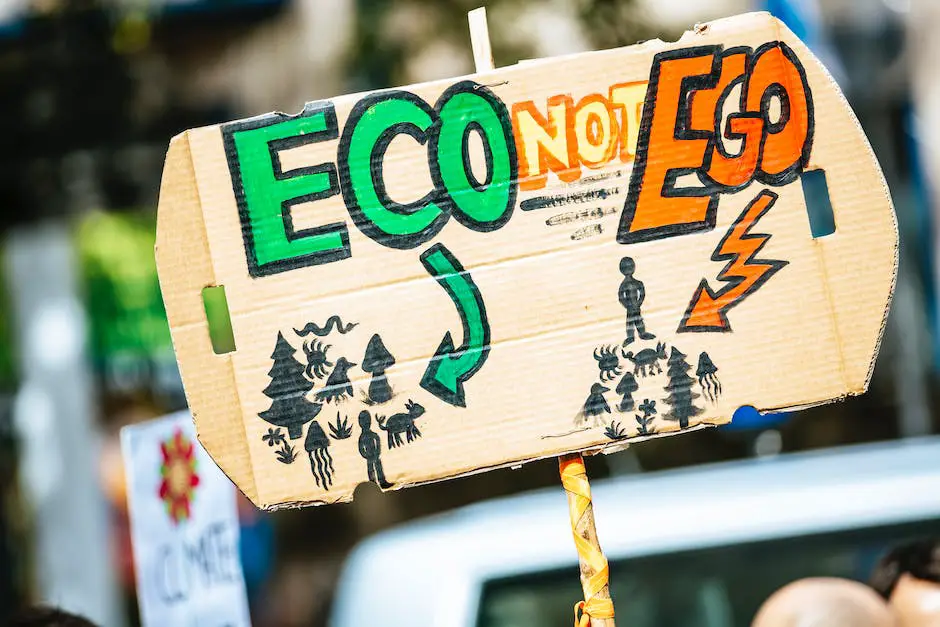
The Human Role in Ecosystem Disruption
A Closer Look at Ecosystem Disruption
Ecosystem disruption is defined as significant changes in environmental conditions that bring about shifts in the composition of species within a particular ecosystem. While such disruptions can occur naturally due to phenomena such as volcanic eruptions or forest fires, human activities are increasingly playing a major role in causing these shifts. The aforementioned Australian wildfires provide a vivid example of this, highlighting the destructive power of such disruptions and their far-reaching consequences.
Human Activities as Drivers of Ecosystem Disruption
Humans have long influenced the natural environment, but the scale and speed of human-induced disruption have accelerated dramatically in recent decades. Overfishing, for example, depletes aquatic populations beyond their ability to recover, leading to significant changes in marine ecosystems. Deforestation, primarily driven by the demand for agricultural land and wood products, results in the loss of habitat for numerous species, alters patterns of water, and nutrient cycling, and contributes to climate change.
Urbanization and Ecosystem Disruption
Urbanization, too, has immense impacts on ecosystems. As cities expand, they replace natural habitats with built environments, leading to decreased biodiversity. Urban areas also generate pollution – including air, water, and noise pollution – all of which disrupt ecosystems and pose challenges to the survival of many species.
The Role of Pollution in Ecosystem Disruption
Pollution extensively contributes to ecosystem disruption. Industrial activities and the burning of fossil fuels release chemicals into the air, water, and soil that can be harmful to living organisms. Plastic pollution, particularly in oceans, poses a significant threat to marine life. Chemicals from agriculture (fertilizers and pesticides) often end up in water bodies, disrupting aquatic ecosystems and leading to problems like eutrophication.
Climate Change and Ecosystem Disruption
Human-induced climate change is perhaps the most profound form of ecosystem disruption. Rising global temperatures, increasing sea levels, and changing precipitation patterns have widespread impacts on ecosystems. They alter the timing of natural events (like flowering and migration), change the geographic ranges of species, cause coral bleaching due to warmer ocean temperatures, and increase the frequency and intensity of weather events such as droughts and storms.
Minor Human Actions Contributing to Major Changes
Even actions that seem minor – like how we dispose of household waste or the products we buy – can contribute significantly to ecosystem disruption when multiplied by millions or billions of people. For instance, the overuse of single-use plastic items has led to pervasive plastic pollution in oceans, affecting a multitude of marine species.
The Impact of Ecosystem Disruption
The disruption of ecosystems has tangible impacts on human communities. It threatens biodiversity, which is central to ecosystem resilience and services on which humans depend like food production, timber, clean water, and disease regulation. It also exacerbates climate change, leading to increased frequency and severity of weather events that affect human safety and resources.
Forecasting Ecosystem Disruption in 2023
Heading into 2023, the impact of mankind on ecosystem disruption threatens to persist unless significant measures are taken to shift the course of human practices. Fortunately, the conversion to better, sustainable habits can pave the way for a future where our natural world thrives. This transformation includes adopting sustainable practices like minimizing consumption, transitioning to renewable energy, and safeguarding our natural environments. Crucially, enhancing public awareness about these issues can drive the necessary change, motivating individuals to adjust their way of life to lessen their environmental footprint.
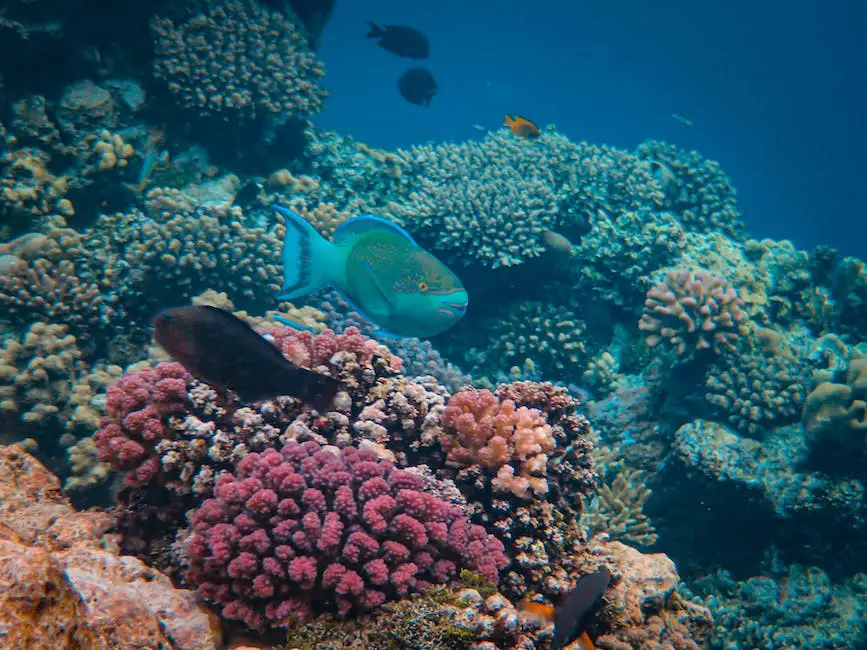
Consequences of Ecosystem Disruption
The Effect of Ecosystem Disruption on Biodiversity
Unprecedented levels of disruption in global ecosystems have marked 2023 due to human activities such as deforestation, pollution, climate change, and overuse of natural resources. Amongst the most extreme ramifications of these changes is the stark loss of biodiversity. Biodiversity underlies the vitality of ecosystems and is fundamental to their ability to bounce back when faced with changes. However, when an ecosystem encounters a shock, resulting in species extinction, it sets off a chain reaction, leading to further imbalances and potential extinctions within that ecosystem.
Climate Pattern Alterations and Increased Natural Disasters
The disruption of ecosystems has contributed to noticeable changes in climate patterns. The degradation of forests, oceans, and other key ecosystems has hindered their ability to absorb and store carbon, exacerbating global warming. This warming effect has triggered climate anomalies such as more intense heatwaves, irregular seasonal patterns, and severe and frequent hurricanes, floods, and wildfires.
Increased temperatures have caused widespread melting of polar ice, pushing up sea levels, and causing floods in low-lying areas. Simultaneously, heatwaves and droughts have become more prevalent, leading to severe water shortages in several regions.
Disruption Impact on Interconnected Ecosystems
Ecosystems worldwide are interconnected in intricate ways. Processes in one ecosystem can affect, directly or indirectly, the functioning of others. Hence, a disturbance in one environment, such as the bleaching of coral reefs due to warmer ocean temperatures, affects not just that ecosystem but has knock-on effects for other connected ecosystems.
For instance, the loss of coral reefs – which are breeding grounds for many fish species – would lead to reduced fish populations. This decrease would, in turn, impact the predator species that depend on these fish, as well as human communities in coastal areas that rely on fishing as a livelihood. This ripple effect, stemming from a single ecosystem’s disruption, signifies the connectedness and interdependency of global ecosystems.
Evaluating the Impact of Ecosystem Disruption on Society and Economy
With roots deeply embedded in both the health of our natural environments and human well-being, ecosystem disruptions present substantial challenges. Their profound influence ripples through the services ecosystems provide, such as freshwater availability, food supply, and climate stabilization. Unsurprisingly, these disruptions have a marked effect on the food security, water resources, and health outcomes of societies, especially those heavily reliant on natural resources.
Ecosystem disruptions also contribute to unpredictable weather events and the severity of natural disasters, wreaking havoc on global economies. The cost of repairing damaged infrastructure, restoring disrupted supply chains, and managing insurance claims has already produced a significant economic burden by 2023. The ongoing global pandemic serves to compound the financial strain caused by these ecosystem disruptions.
All indicators point towards 2023 being a pivotal year, with the aftermath of ecosystem disruption escalating alarmingly. Concerning patterns in biodiversity, climate instability, natural disaster frequency, alongside their corresponding influences on human societies and economies, show little sign of deceleration.
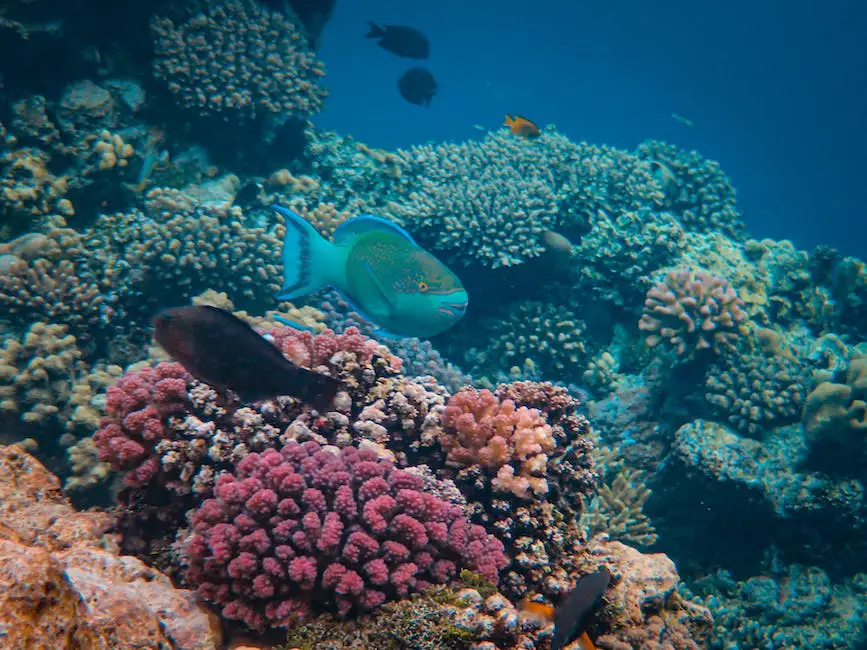
Preventing and Mitigating Ecosystem Disruption
Elucidating the Concept of Ecosystem Disruption
Ecosystem disruption symbolizes any radical shift in environmental equilibrium, often resulting in some species becoming endangered while bolstering others, thereby creating an imbalance in biodiversity. The primary culprits behind these disruptive forces typically include climate change, habitat destruction, pollution, and the introduction of invasive species. As we step into 2023, we expect these disruptions to experience an upswing driven by the stubborn continuity of these contributing factors.
Preventing Ecosystem Disruption: Individual Actions
Individual actions play a critical role in preventing future ecosystem disruptions. Sustainable living is one viable path for individuals, encompassing various practices. Among these are reducing waste production, recycling and composting, reducing energy consumption, favoring public transportation over personal vehicles, and sourcing food locally to cut down on transportation-related emissions. Supporting organic farmers who abstain from environmentally harmful pesticides is another personal action that can contribute significantly to ecosystem preservation.
Preventing Ecosystem Disruption: Policy Changes
On a larger scale, policy changes can enforce practices and standards that prevent ecosystem disruption. Implementing stricter environmental regulations, such as controls on emissions and stricter punishment for illegal dumping, can deter harmful practices. Encouraging renewable energy and phasing out fossil fuels can drastically reduce pollution, while conservation efforts and habitat restoration can help mitigated damage caused by human development.
Mitigating Current Ecosystem Disruptions
Mitigation strategies for current ecosystem disruptions require both immediate and long-term actions. Immediate responses can include disaster relief efforts, such as clean-up operations after oil spills or reforestation after wildfires. Longer-term strategies involve the institution of sustainable practices, habitat restoration, and efforts to reintroduce endangered species into their native habitats.
The Role of Research
Research plays a pivotal role in both preventing and mitigating ecosystem disruption. By studying various ecosystems and their dynamics, researchers can predict potential areas of disruption and devise effective response strategies. Advances in technology are expected to play a significant role in research aimed at better understanding and responding to ecosystem disruption in 2023.
Initiatives Implemented on a Larger Scale
While individual actions have a significant impact, larger initiatives implemented by governments, non-profit organizations, and international entities target ecosystem disruption on a broader scale. These initiatives include the Paris Agreement’s pledge to limit global temperature rise to below 2 degrees Celcius and efforts to restore forests around the globe. In the United States, the Protecting America’s Wilderness and Public Lands Act, passed in 2021, preserves millions of acres of federal lands and introduces conservation measures aimed at maintaining diverse ecosystems. Such initiatives will continue to be pivotal in mitigating ecosystem disruption in 2023 and beyond.

The challenge of managing our planet’s ecosystems responsibly is a colossal one, but it is not insurmountable. Certainly, there are profound struggles ahead. However, as we become aware of the magnitude of our actions, we also unveil the capacity to steer change towards a sustainable future. Whether it is individual effort like adopting green practices or policy-level changes like stricter environmental regulations, each step matters. The tale of our planet is being written with each passing moment; every action we take pens another sentence. As we look ahead beyond 2023, let us strive not just to minimize disruptions to the Earth’s ecosystems but to actively restore and preserve them. The importance of maintaining our planet’s health reaches beyond us, connecting generations upon generations to come.
![]()
